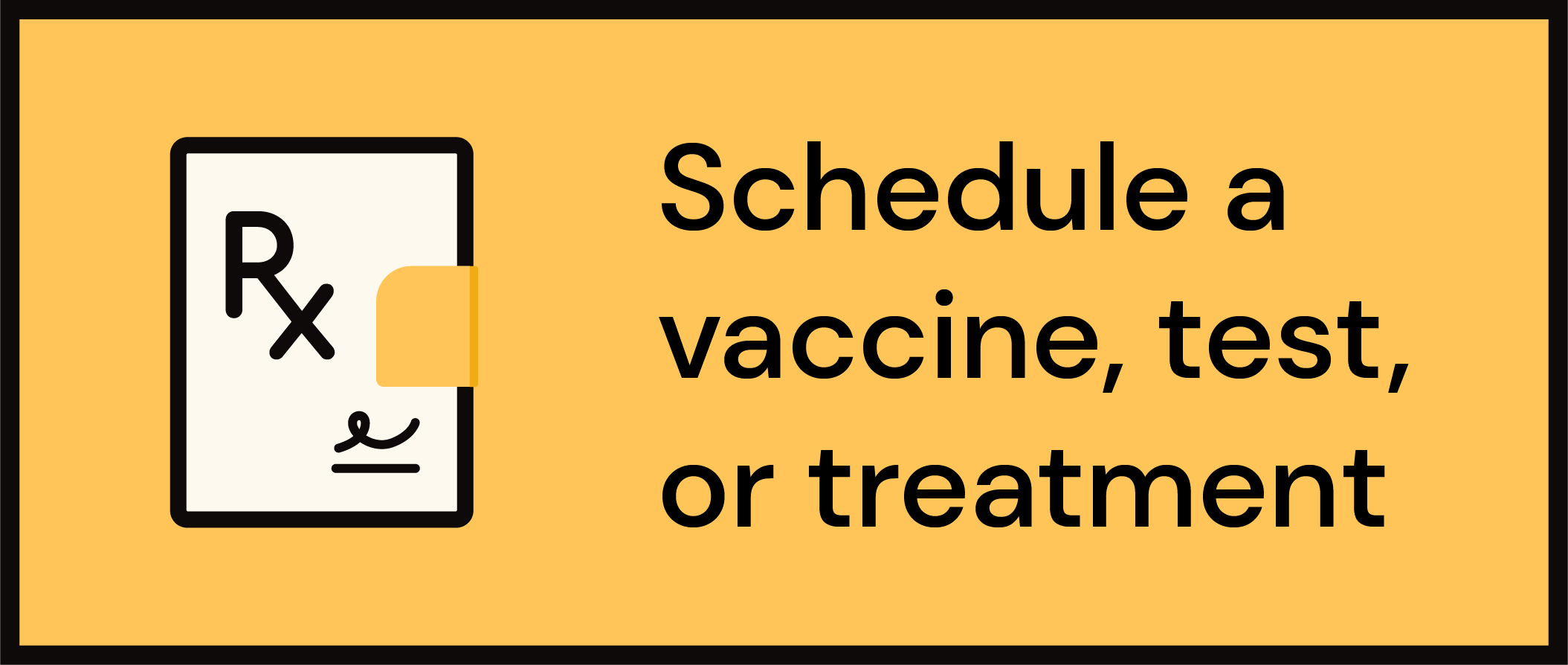Get Healthy!

- Cara Murez
- Posted September 28, 2023
Adding Just 3,000 Steps Per Day Could Lower High Blood Pressure
Adding 3,000 extra steps a day can help older adults with hypertension significantly lower their blood pressure.
About 80% of older adults in the United States have high blood pressure. Keeping it down can help protect against heart failure, heart attacks and strokes.
"We'll all get high blood pressure if we live long enough, at least in this country,"Linda Pescatello, professor of kinesiology at the University of Connecticut, said in a university news release. "That's how prevalent it is."
While her previous research had shown that exercise could have an immediate and long-lasting impact on blood pressure, this new study set out to learn whether moderately increasing walking -- popular in this age group -- could do the same.
"It's easy to do, they don't need any equipment, they can do it anywhere at almost any time,"said co-author Duck-Chul Lee, a professor of kinesiology at Iowa State University.
The researchers focused on a group of sedentary 68- to 78-year-olds who walked about 4,000 steps per day. By adding in 3,000 steps, they would log 7,000 daily steps, in line with a recommendation of the American College of Sports Medicine.
Getting "3,000 steps is large enough but not too challenging to achieve for health benefits,"Lee said in the release.
Participants received kits with pedometers, blood pressure monitors and step diaries to track their progress.
On average, participants' systolic and diastolic blood pressure decreased by 7 and 4 points, respectively, after the intervention. Systolic, the top number in a blood pressure reading, is the pressure exerted against artery walls when the heart beats; diastolic is pressure between beats.
Other studies suggest decreases of these magnitudes correspond to a relative 11% reduction in risk of premature death from all causes and 16% for heart-related causes; an 18% lower risk of heart disease, and a 36% lower risk for stroke.
"It's exciting that a simple lifestyle intervention can be just as effective as structured exercise and some medications,"said first author Elizabeth Lefferts, of the Department of Kinesiology at Iowa State.
The results would be equivalent to reductions seen with medications for high blood pressure. Even eight participants who were already taking high blood pressure medication saw improvements in systolic blood pressure from increasing their daily activity.
"In a previous study, we found that when exercise is combined with medication, exercise bolsters the effects of blood pressure medication alone,"Pescatello said. "It just speaks to the value of exercise as anti-hypertensive therapy. It's not to negate the effects of medication at all, but it's part of the treatment arsenal."
Speed of walking and how long a person walked at a time did not matter as much as simply increasing total steps.
"We saw that the volume of physical activity is what's really important here, not the intensity,"Pescatello said. "Using the volume as a target, whatever fits in and whatever works conveys health benefits."
The researchers hope to use these data to launch a larger clinical trial.
Study findings were recently published in the Journal of Cardiovascular Development and Disease.
More information
The American Heart Association has more on high blood pressure.
SOURCE: University of Connecticut, news release, Sept. 27, 2023








